Understanding Blue Fire
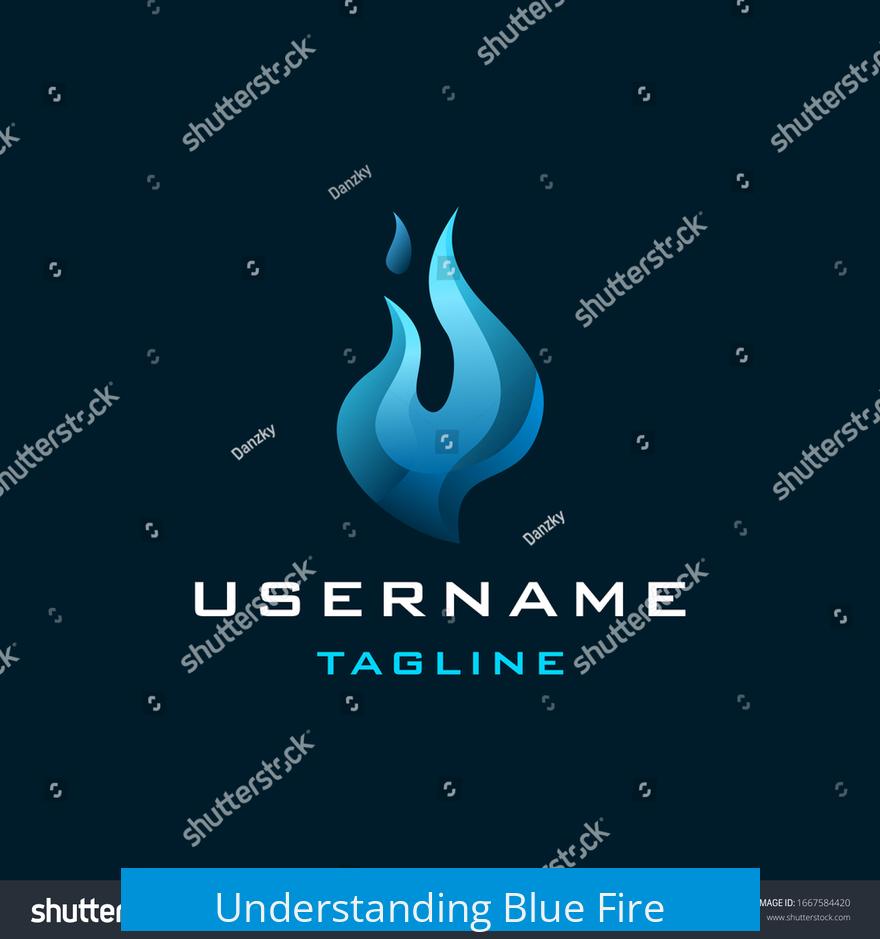
Blue fire is produced by exciting copper monochloride (CuCl*) molecules in a flame, which emit blue light upon relaxation. Achieving a vivid blue flame requires generating sufficient excited CuCl* and maintaining a clean flame environment free from contaminants that dull the color.
When copper compounds burn, the specific chemical species and flame conditions determine the emitted color. Blue fire is distinctive for its vibrant blue hue, unlike the more common yellow or orange flames visible in wood fires or standard fuel combustion.
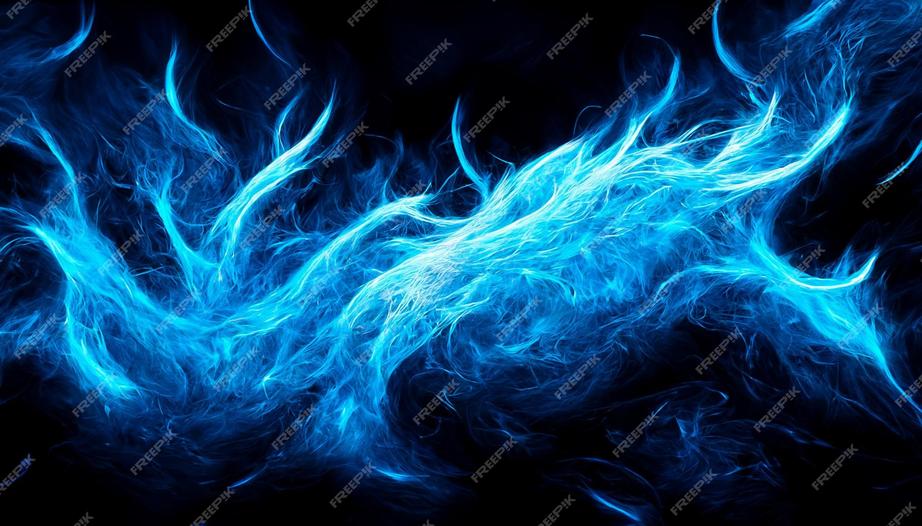
The Chemistry of Blue Fire: Copper Monochloride Excitation
The key to blue fire lies in the creation of excited copper monochloride molecules, denoted as CuCl*. These molecules form in the flame and, when they return to their ground state, release photons in the blue light spectrum.
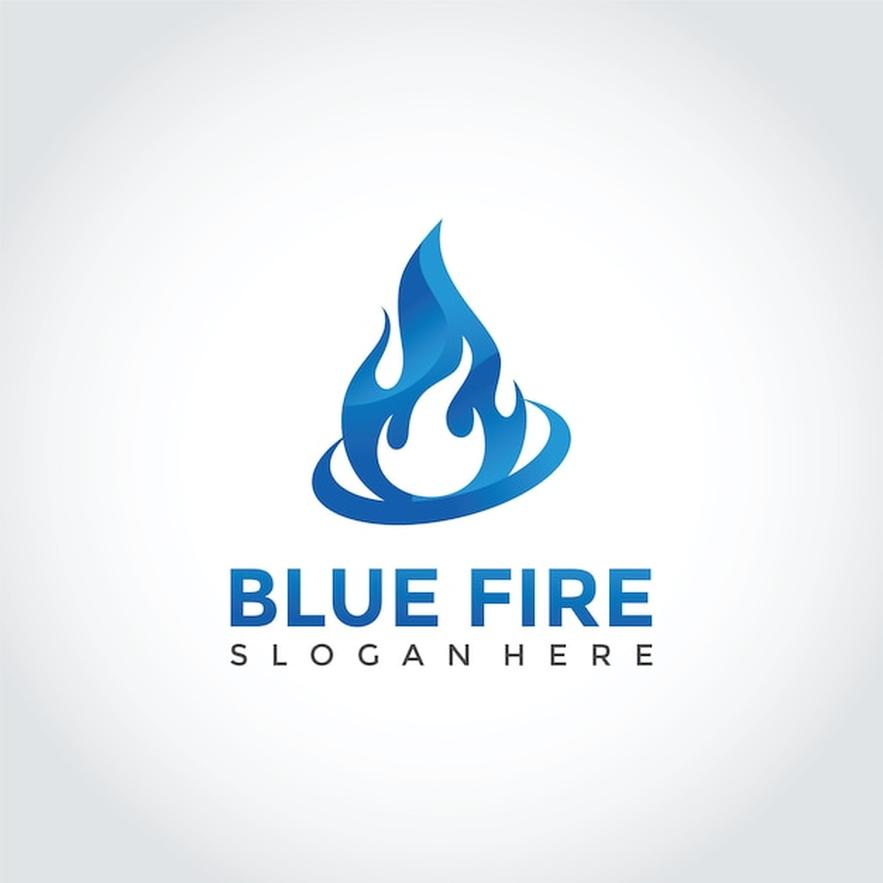
However, simply adding copper chloride to a flame does not guarantee blue fire because copper chloride alone does not supply adequate chlorine atoms. Chlorine plays a crucial role by interacting with copper species to stabilize the CuCl molecule and promote its excitation.
Maximizing CuCl* Concentration: Use of Chlorine Donors
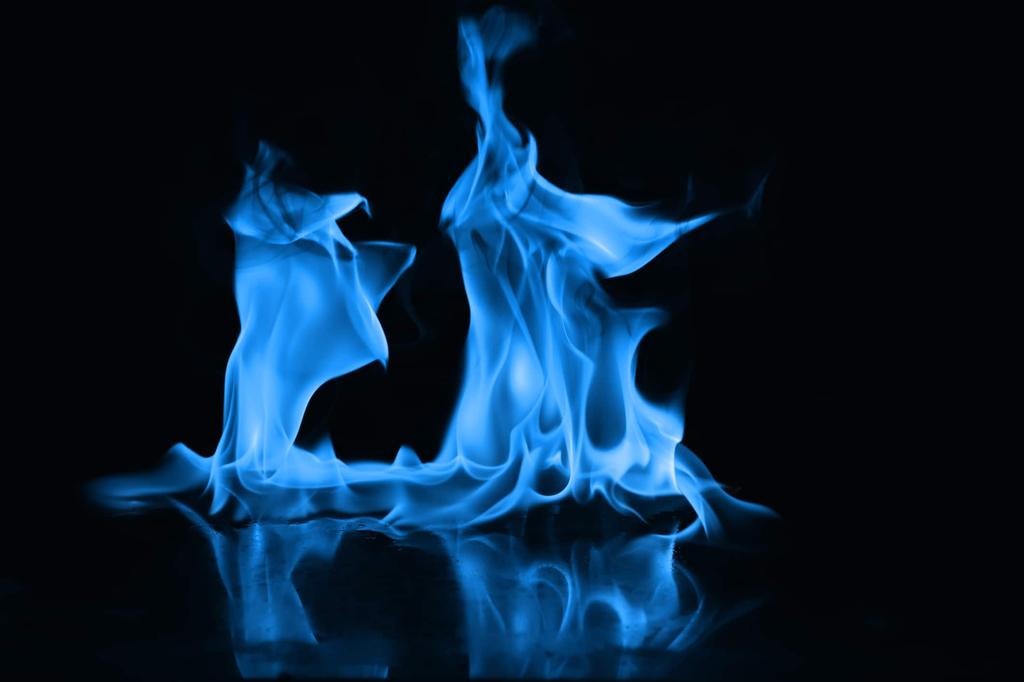
To increase the amount of CuCl* species, a chlorine donor is necessary in the flame environment. Adding a substance that can provide extra chlorine atoms ensures better formation of copper monochloride and enhances the blue coloration.
For example, chloroform (CHCl3) acts as an effective chlorine donor. Incorporating chloroform in the chemical mixture for the flame boosts the excited CuCl* population, yielding a stronger blue flame.
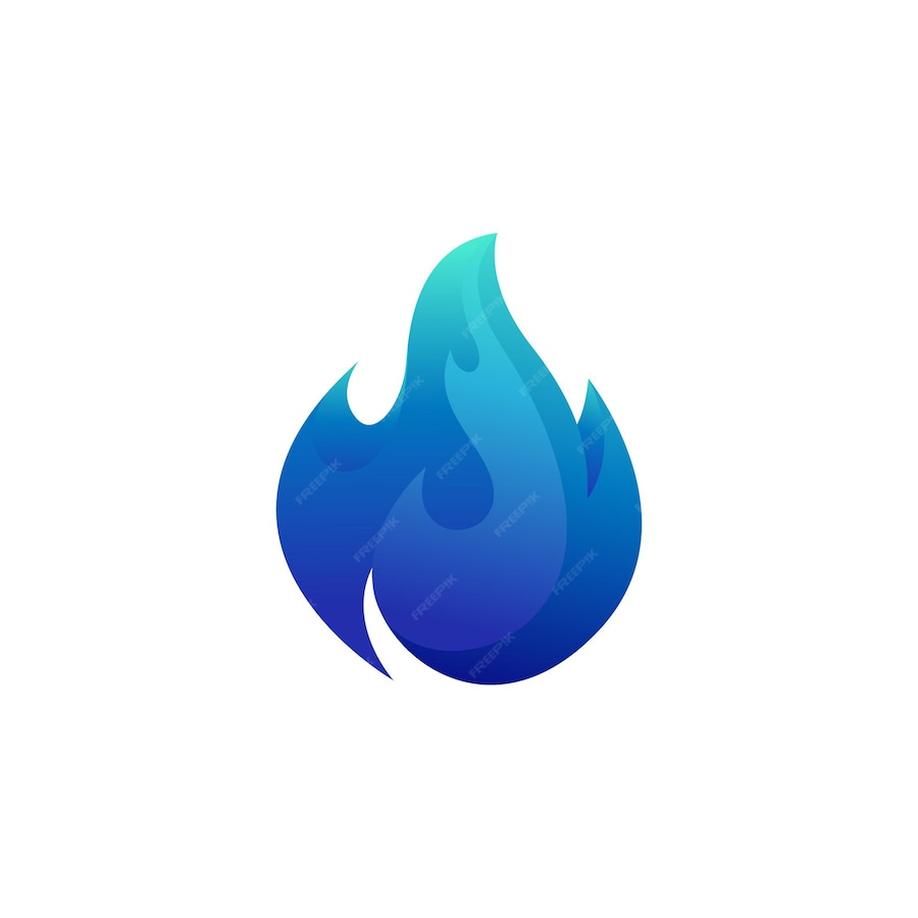
Maintaining Flame Purity: Avoiding Contaminants
Flame purity strongly influences the clarity and intensity of the blue color. The presence of impurities such as sodium, calcium, or incandescent carbon particles emits their own spectral radiation, which interferes and dilutes the blue light with yellow, orange, or pale hues.
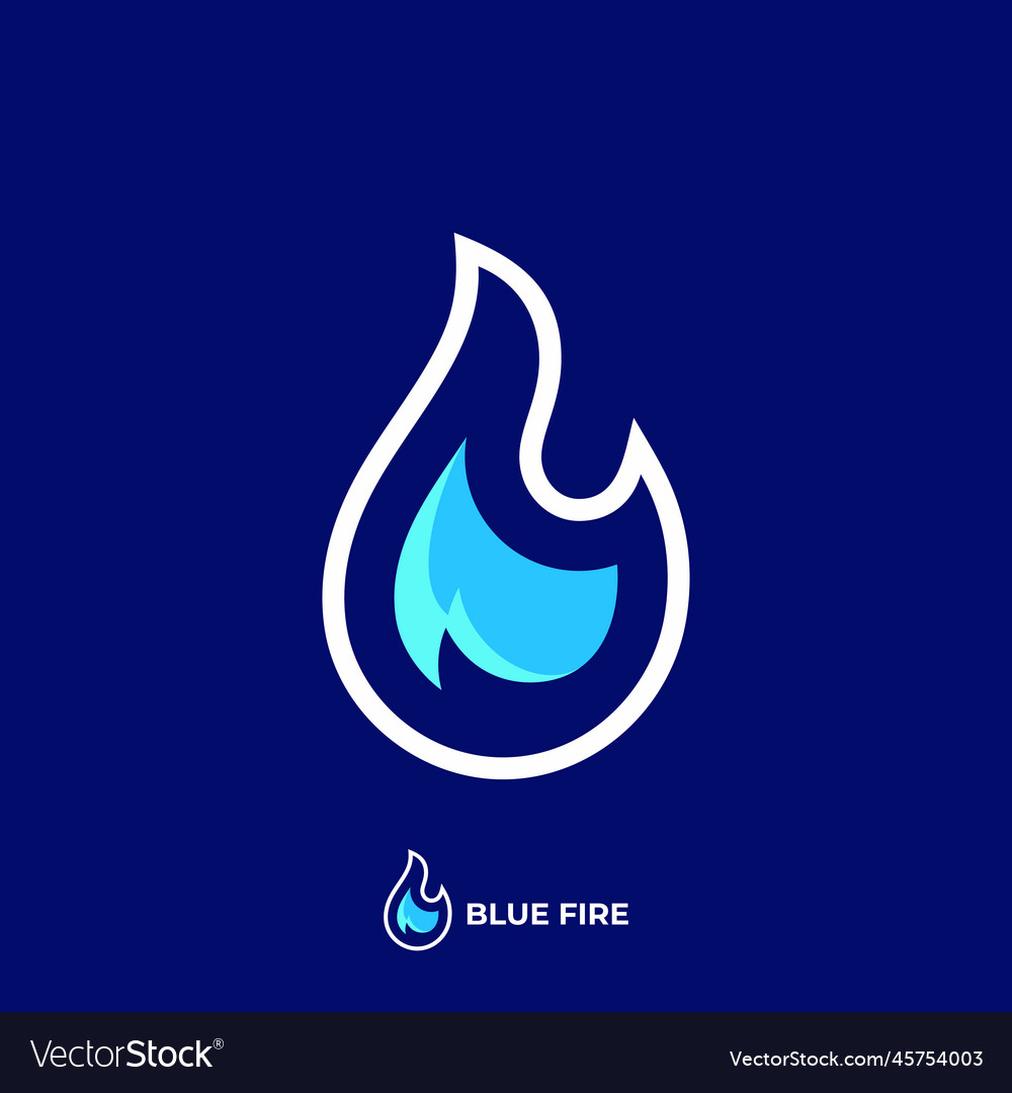
- Sodium compounds produce bright yellow flames that overpower other colors easily.
- Calcium can introduce orange hues, blending with blue and reducing color purity.
- Incandescent carbon particles emit continuous radiation that creates a washed-out appearance.
Thus, to observe a vivid blue flame, the mixture and fuel must be free of these contaminations, thereby preventing dilution of the blue emission.
Formulating a Blue Flame Solution
An effective approach to creating a blue flame liquid involves preparing a saturated solution of copper acetate in methanol, combined with chloroform as the chlorine donor. A practical formula includes adding about 5% by weight chloroform to the methanol-based copper acetate solution.
- Copper acetate in methanol: Provides copper ions soluble in a volatile fuel base.
- Chloroform: Supplies additional chlorine atoms enhancing CuCl* formation.
This formula allows for easy soaking of absorbent materials, which then can be ignited to yield a vibrant blue flame.
Use of Rock Wool as Absorbent Material
Organic absorbents such as twigs or paper may produce smoky or impure flames due to their combustion products. Rock wool, a mineral fiber, is a better choice as it is inorganic and holds low sodium content, minimizing flame contamination.
Soaking rock wool with the blue flame solution results in cleaner combustion, maximizing the visibility of the blue color.
Commercial Copper Chloride Products for Blue Flames
Copper chloride powders and colorant products are commercially available and marketed for creating colored flames, including blue. Many products contain copper chloride combined with other copper salts, like copper sulfate, which tends to emit green hues in flames.
While these products can be used to induce blue or green tints, the presence of copper sulfate often shifts the flame color towards green. Furthermore, these commercial mixtures may contain impurities that alter the desired color.
- Purchasing from suppliers specializing in flame colorants can provide convenience but may result in mixed colors.
- Products are typically affordable and allow soaking of absorbents to produce colored flames.
- Users should exercise care when handling to avoid spills and inhalation.
Limitations of Flame Color Intensity
Adding blue color to a fire does not fully change the fire’s base color. Colored flames often appear as a tinted edge or overlay on the dominant yellow/orange combustion. Thus, intense blue flames are difficult to achieve in standard fires.
This is partly because yellow/orange flames from soot particles and sodium emit strong light that overshadows weaker colored emissions.
Alcohol is often used as a fuel for colored flames because it produces a weak blue flame with minimal yellow/orange emissions. This property allows added colors to appear more distinctly.
Alternative Colored Flames and Chemicals
Libraries of colored flames include green, red, blue, and purple hues created by burning specific elements or compounds. For green flames, copper sulfate is a common option and is available as root killer in hardware stores.
Another green flame alternative uses boric acid dissolved in methanol, which creates bright green flames safely.
Unfortunately, readily available chemicals that burn purely blue and are safe and easy to handle at local hardware stores are limited.
Safety Considerations for Using Copper(II) Chloride and Flame Colorants
Copper(II) chloride and similar chemicals present hazards. Handling requires:
- Wearing gloves and goggles to prevent skin and eye contact.
- Avoiding ingestion or inhalation of dust and vapors.
- Careful cleanup of spills using wet towels and safe disposal of contaminated materials.
- Never disposing leftover chemicals or soaking solutions down drains directly.
- Performing burns outdoors and downwind to avoid inhaling toxic smoke.
These precautions protect users from toxicity and reduce environmental harm, especially to aquatic life.
Summary of Key Takeaways
- Blue fire arises from excited copper monochloride (CuCl*) in the flame. Maximizing CuCl* requires a chlorine donor beyond copper chloride.
- Maintaining a pure flame without sodium, calcium, or carbon contamination is critical to observe vivid blue flames.
- A saturated copper acetate solution in methanol with 5% chloroform effectively produces the blue flame liquid.
- Rock wool is an ideal absorbent because of its low sodium content and clean burn.
- Commercial copper chloride products exist but may produce greenish flames due to copper sulfate inclusion.
- Colored flames add hues to a fire but rarely replace the base yellow/orange completely. Alcohol as a fuel improves colored flame visibility.
- Green flames can be produced by copper sulfate or boric acid in methanol as an alternative.
- Handle copper compounds with care, using gloves, eye protection, and proper disposal methods.
Blue Fire? Igniting the Science and Secrets Behind That Enchanting Flame
Ever glanced into a campfire and wished for a touch of *mystical blue* dancing among the usual yellows and oranges? Blue fire is achievable by producing excited copper monochloride (CuCl*) molecules in the flame. Yes, that’s the magic ingredient behind those cool azure tongues of flame—far from ordinary fire tricks you learned in kindergarten.
But how exactly does one coax a blue flame to life? And why does it seem so elusive? Buckle up. We’re diving deep into the chemistry of blue fire, safe practices, and savvy tips for lighting up your fireside with that striking cerulean glow.
Igniting the Blue: The Role of Excited Copper Monochloride
At the heart of blue flames lies something called copper monochloride, or CuCl*. When these molecules reach an excited state, they emit that unmistakable blue light. But just tossing some copper chloride into your fire won’t cut it. You need a solid chlorine donor to ensure enough chlorine atoms react to form the CuCl* complex. Simply put, just copper chloride won’t provide enough chlorine atoms for a vibrant blue flame.
The recipe? Consider a saturated solution of copper acetate dissolved in methanol, spiked with about five percent chloroform by weight. This chloroform acts as the chlorine donor, providing the chlorine atoms necessary to light up the blue show. Methanol helps because it burns with a relatively weak blue flame that won’t overpower the copper chloride’s signature hue.
Keeping the Flame Pure: Avoiding Nasty Contaminants
Here’s a secret: the blue flame’s brilliance can be spoiled easily. Sodium, calcium, and those sneaky glowing carbon particles love crashing the party, diluting your blue with pale yellows or dull whites. These contaminants dump unnecessary light into the mix, washing out the color you worked so hard to produce.
To keep the flame vivid, your burn area must be as clean as a science lab. Avoid introducing materials high in sodium or calcium. Organic material can be tricky as it often burns less cleanly. A practical tip: soak your fire’s “bird’s nest” of absorbent material, like rock wool, in the blue flame solution. Rock wool is usually low in sodium and makes a good carrier without messing with the vibrant color.
Ready-Made Solutions? Commercial Copper Chloride Products
Not into mixing chemicals yourself? No worries, the market has you covered. You can snag copper chloride powder formulated for “blue flames” online. For instance, some Amazon products are designed precisely for this purpose but often come with unexpected ingredients like copper sulfate, which tends to introduce a green hue along with blue.
Heads up: These products usually produce flames where the blue is present but may mingle with green or appear faint around the edges of a predominantly yellow and orange fire. Colored flames rarely dominate a fire but add an enchanting tint, best appreciated when the fuel itself burns with a subtle flame—hence the recommendation for alcohol (like methanol) as fuel.
Is There a Blue Flame at Your Local Hardware Store?
Aside from specialty chemicals, your hardware store has limited options. Copper sulfate, commonly sold as root killer, produces green flames instead of blue. Another green option is boric acid dissolved in methanol. But if you’re after pure blue, copper compounds remain the way to go.
Safety First: Handling Copper Chloride with Care
Blue flames sound mesmerizing, but the chemistry involved isn’t exactly child’s play. Copper(II) chloride and related chemicals demand respect. Never let them touch your skin or eyes. No snacking or sniffing either—just don’t.
Wear gloves and goggles. Wash hands and any equipment after use. Copper chloride is hazardous for aquatic ecosystems, so spills need immediate cleanup—wet paper towels to the rescue—and never pour leftovers down drains. Burn the concoctions outdoors and keep the smoke away from people and pets. Responsible fire artistry is the key to safe, beautiful blue flames.
Expert Tips for the Perfect Blue Flame Experience
- Use alcohol fuels like methanol to keep the base flame light and weak, allowing your copper compounds’ blue hue to shine.
- Prepare a saturated copper acetate solution, adding chloroform (~5% by weight) to serve as the chlorine donor, boosting CuCl* creation.
- Choose your absorbent wisely—rock wool is a solid pick because it minimizes sodium contamination.
- Run small trial tests before full displays to gauge color intensity and adjust your chemical ratios accordingly.
- Opt for open, outdoor fires with good ventilation to manage toxic fumes safely.
So, Why Does Blue Fire Still Feel Like Magic?
Because it is a triumph of careful chemistry and clean burning! Blue fire is not *just* fire; it’s a controlled dance of molecules emitting specific wavelengths of light. It demands attention to detail—from chemical mixtures to fuel choice and the materials involved. Unlike straightforward yellow flames, which result from incandescent soot particles, blue flames require engineered conditions.
Would your next campfire spark brighter with blue? With the right preparations and precautions, absolutely. Just remember, the blue may cuddle mainly around the edges, offering whispers of color rather than a full theatrical show.
Ready to experiment? Let that copper chloride solution soak into your fire nest, take your safety gear for a spin, and let science ignite a beautiful, blue blaze.
What is needed to produce a blue flame with copper compounds?
You need excited copper monochloride (CuCl*) molecules in the flame. To increase CuCl* levels, a chlorine donor must be added since copper chloride alone lacks enough chlorine.
Why should the flame be free of sodium and calcium contamination?
Impurities like sodium and calcium, or carbon particles, dilute the blue color by adding continuous radiation. A clean flame ensures a deeper, clearer blue hue.
What is a recommended formula for a blue flame solution?
Use a saturated copper acetate solution in methanol with 5% chloroform by weight as the chlorine donor. This mixture helps create the excited CuCl* needed for the blue flame.
Are there commercial products available for creating blue flames?
Yes, products with copper chloride are sold for blue flame effects. Some may contain copper sulfate, which can add green hues. These can be used by soaking absorbents like rock wool.
Why don’t blue flames look as intense as orange or yellow fire?
Blue flames are weaker compared to yellow or orange flames. Adding blue color usually only tints parts of the fire, often around the edges, rather than turning the entire fire blue.
What safety precautions are important when handling copper(II) chloride?
Avoid skin and eye contact, don’t inhale or ingest. Wear gloves and goggles, wash skin and surfaces after use, avoid environmental contamination, burn outside, and keep people away from smoke.


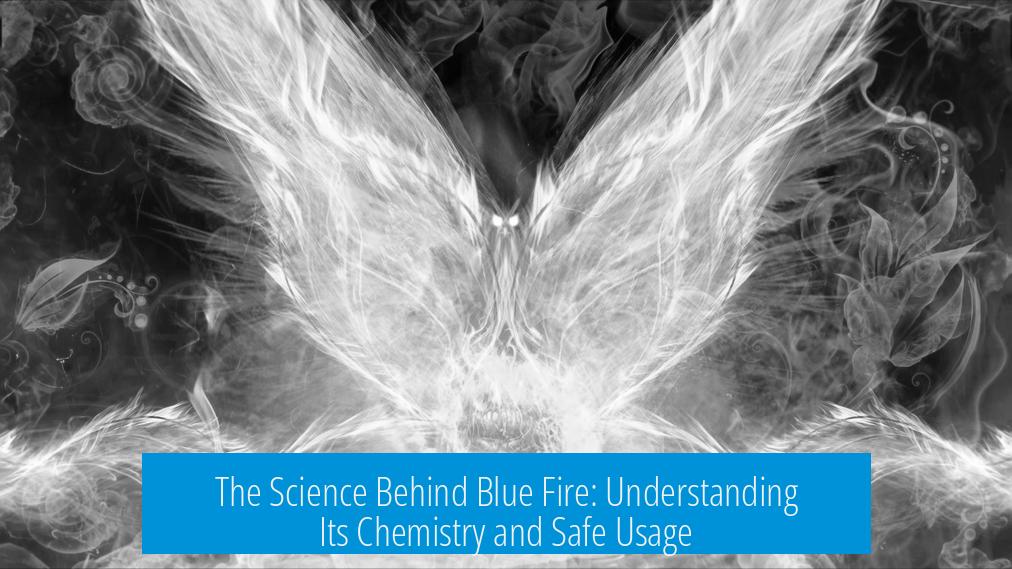
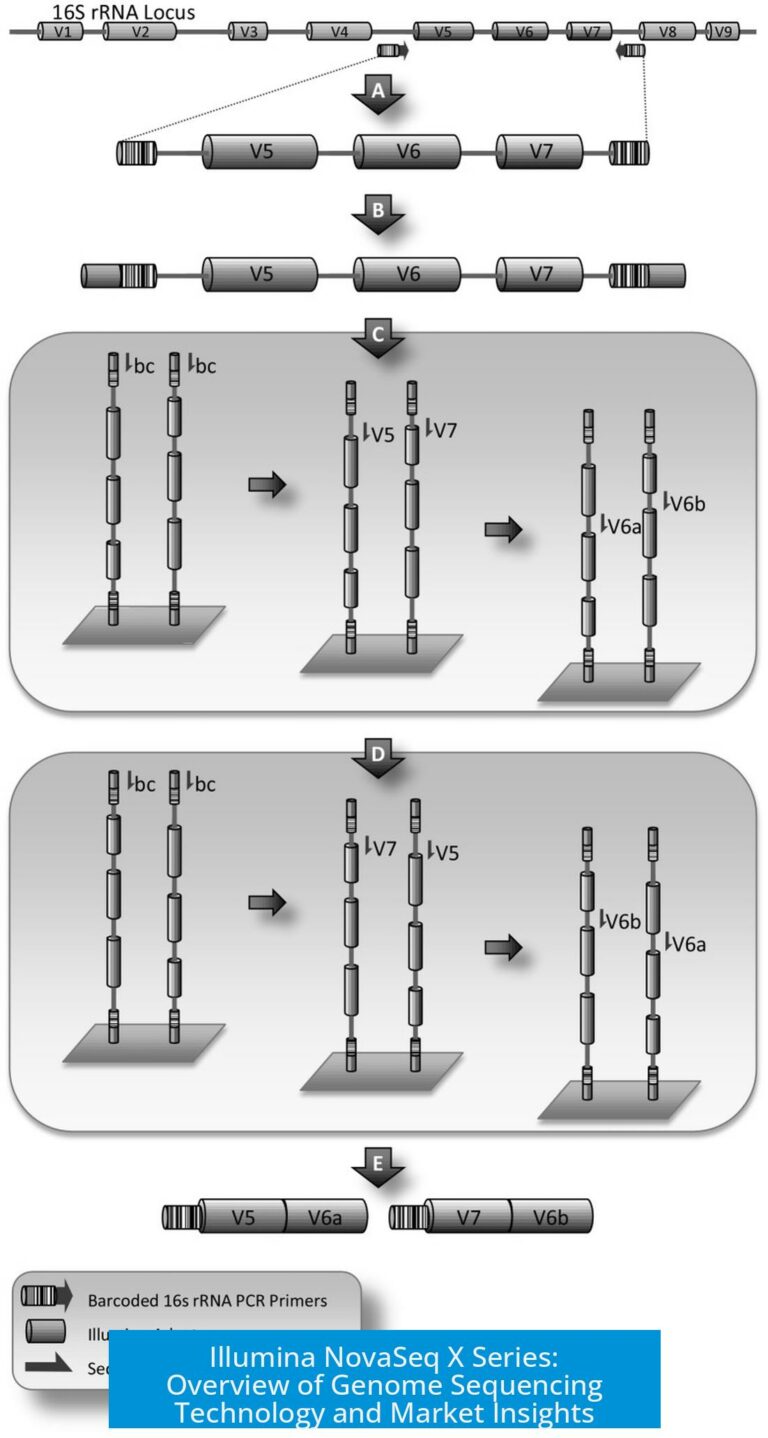
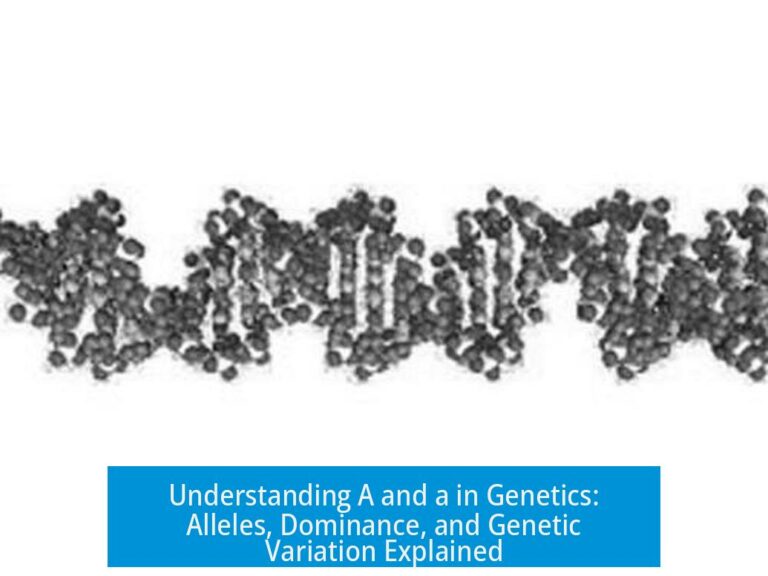
Leave a Comment